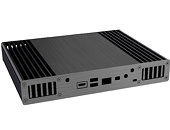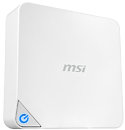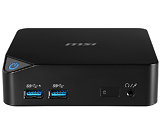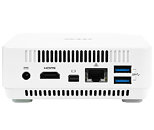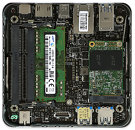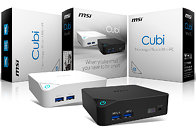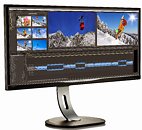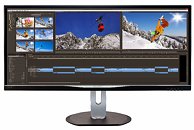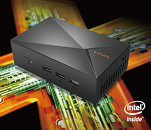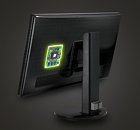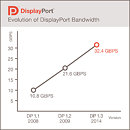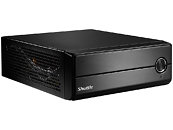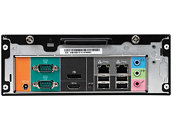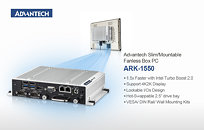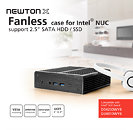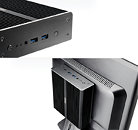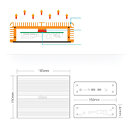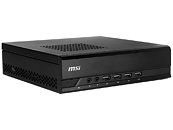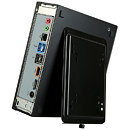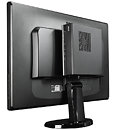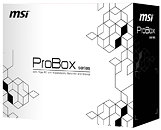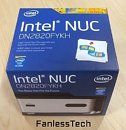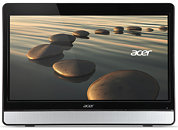
Akasa Announces Plato Chassis for Intel "Broadwell" NUC
Akasa announced Plato, a refreshing new design for an NUC case. Designed for Intel's Core "Broadwell" based NUC system boards, the case features a central chamber housing the NUC system board, which is flanked by sets of large aluminium fins on either sides, which form part of its passive CPU heatsink. Compatible with all "Broadwell" NUC boards, the Plato features a single 2.5-inch drive bay, which is thick enough for 9.5 mm drives, standard cutouts for the board, and front panel connectivity that includes two USB 3.0 ports, HD audio jacks, and a USB infrared receiver. The case features VESA wall-mount, and a Kensington lock slot. Measuring 247 mm x 200 mm x 38.5 mm (WxDxH), the case is made of brushed aluminium. The company didn't announce pricing or availability.

